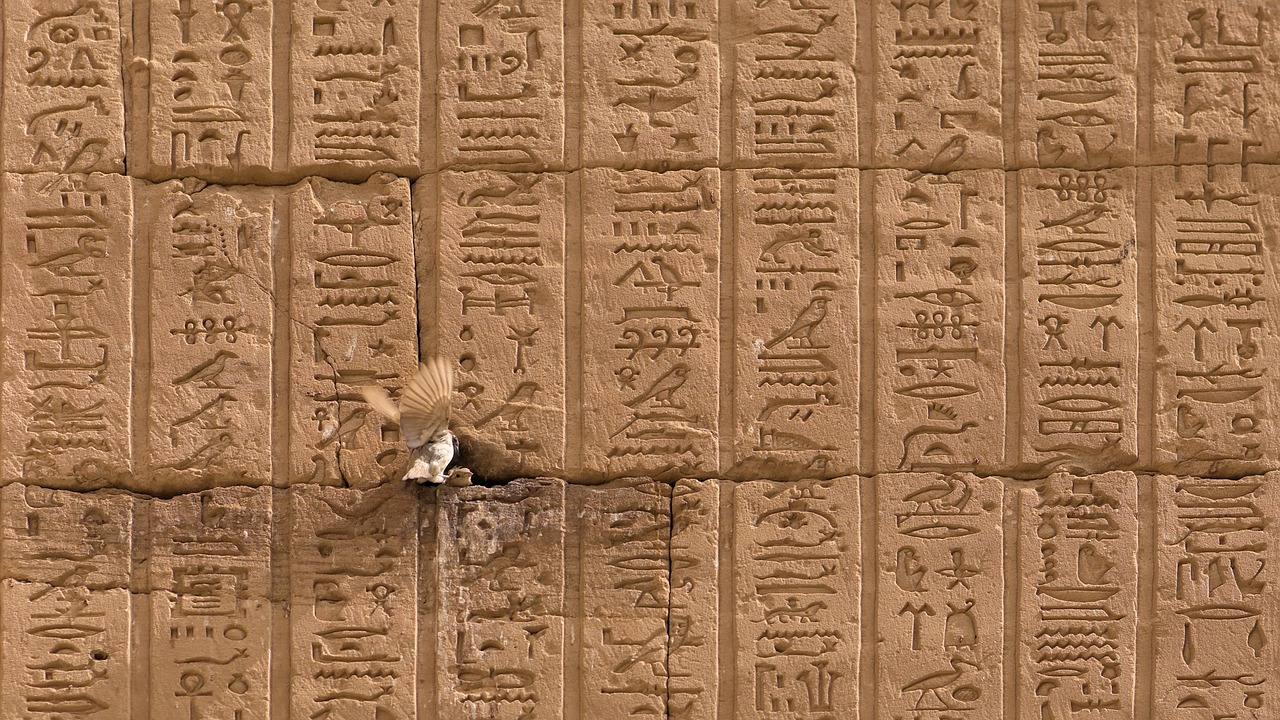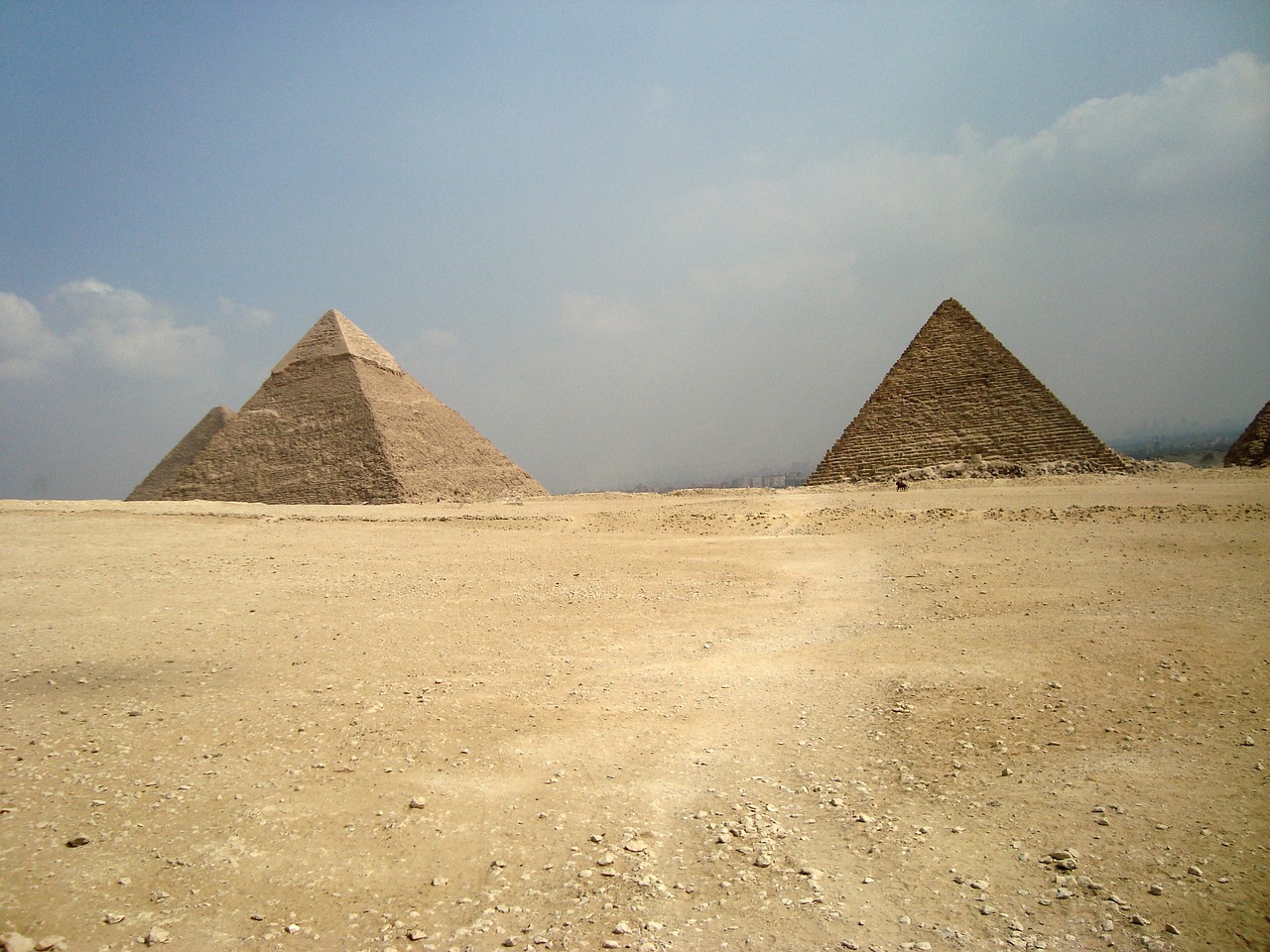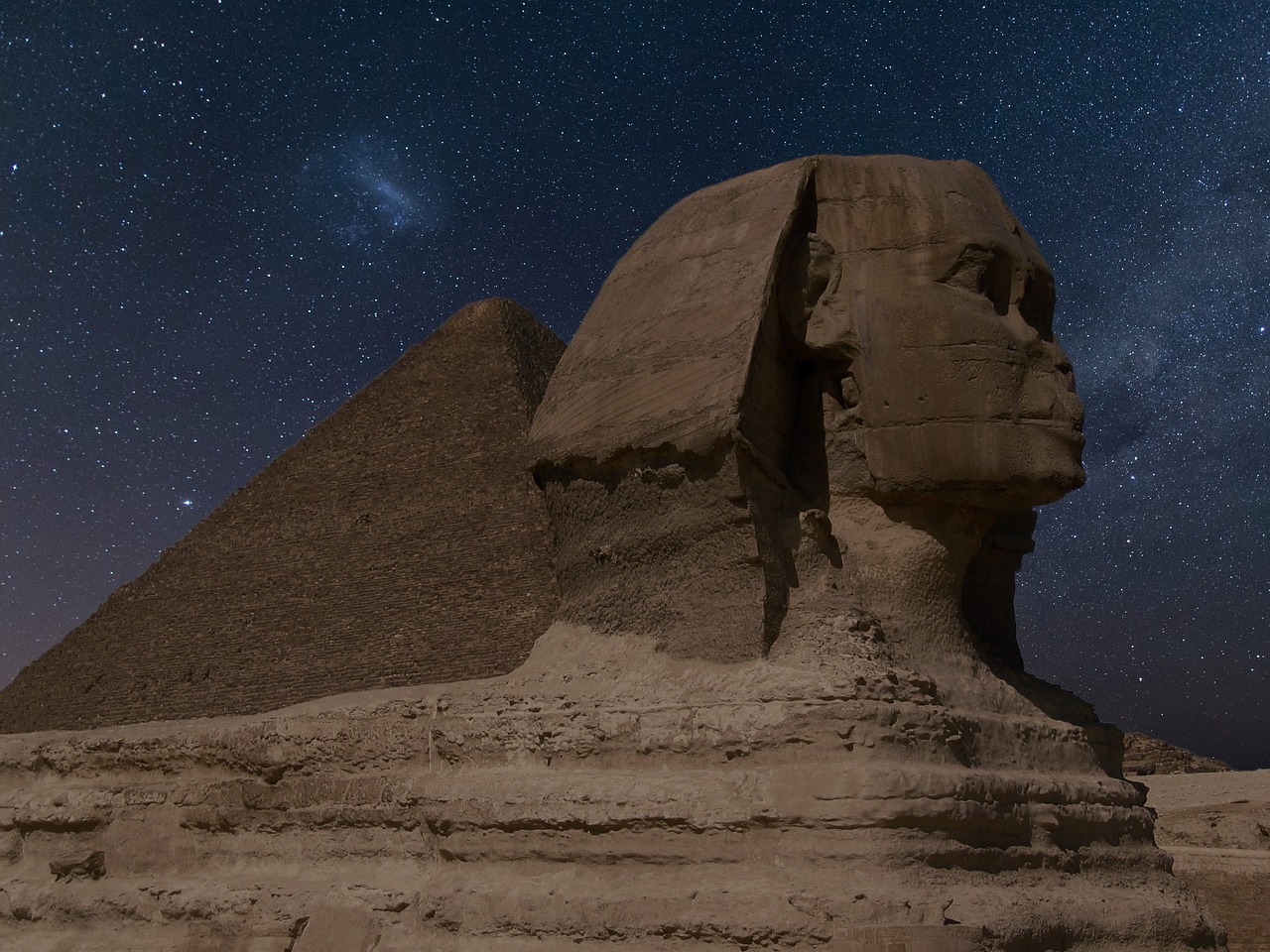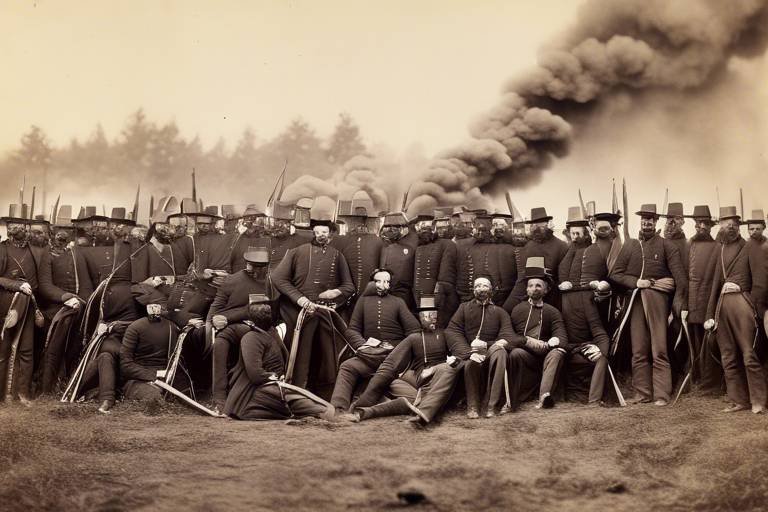The Influence of Ancient Egypt on Art and Architecture
The rich history and culture of ancient Egypt have left an indelible mark on the world of art and architecture, inspiring and influencing artists and architects for centuries. The mystique and grandeur of ancient Egyptian civilization continue to captivate audiences with their enigmatic symbols, majestic pharaohs, and monumental structures that stand as testaments to human ingenuity.
Ancient Egyptian art and architecture have served as a wellspring of creativity, with their intricate hieroglyphs and symbolic motifs finding their way into modern artworks. The visual language of ancient Egypt, with its timeless appeal and mystical allure, has been seamlessly integrated into contemporary art forms, creating a bridge between the past and the present.
Architectural marvels such as the iconic pyramids of Egypt have not only stood the test of time but have also influenced architectural designs across the globe. The geometric precision and monumental scale of the pyramids have served as a source of inspiration for architects throughout history, shaping the skylines of cities with their awe-inspiring presence.
The regal figures of pharaohs, with their divine status and elaborate adornments, have been a popular subject for artists seeking to capture the essence of power and authority. The depictions of pharaohs in artworks reflect not only the artistic skill of the creators but also the reverence and fascination with ancient Egyptian royalty.
Ancient Egyptian mythology, with its rich tapestry of gods and goddesses, has provided a treasure trove of religious themes and motifs for artists to explore and reinterpret in their works. The spiritual beliefs of ancient Egypt, steeped in symbolism and ritual, continue to inspire contemporary artists in their quest for deeper meaning and connection.
The vibrant color palette used in ancient Egyptian art, with its symbolic significance and visual impact, has influenced modern artists and designers in their use of color as a powerful tool for expression. The bold hues and intricate patterns found in Egyptian art have paved the way for innovative compositions that resonate with audiences worldwide.
The sculptural techniques employed in ancient Egyptian statues, characterized by their lifelike proportions and meticulous craftsmanship, have set a standard for sculptors throughout history. The legacy of ancient Egyptian sculpture lives on in the sculpting practices of today, shaping the way artists approach form, texture, and composition.
The principles of symmetry and geometry observed in ancient Egyptian architecture have not only defined the aesthetic of the past but have also informed contemporary building designs and urban planning. The harmonious balance and mathematical precision found in Egyptian structures have been a source of inspiration for architects seeking to create spaces that are both functional and visually striking.
Ancient Egyptian art and architecture continue to exert a profound influence on global culture, transcending time and geography to leave an enduring legacy that resonates with people from all walks of life. The legacy of ancient Egypt lives on in the art and architecture of today, reminding us of the timeless beauty and enduring power of human creativity.

Ancient Egyptian Symbols in Modern Art
Exploring how the rich history and culture of ancient Egypt have inspired and influenced various forms of art and architecture throughout the centuries.
Ancient Egyptian symbols have left a profound mark on modern art, with contemporary artists incorporating hieroglyphs and visual motifs into their works. These symbols, once used to communicate stories and beliefs in ancient times, now serve as a bridge between the past and present, adding layers of meaning to modern artistic expressions.
By infusing their creations with these ancient symbols, artists pay homage to the enduring legacy of Egyptian visual language, inviting viewers to delve into a world where history and art intertwine seamlessly. The use of hieroglyphs in modern art not only adds a sense of mystery and intrigue but also highlights the timeless appeal of Egyptian culture.
From paintings to sculptures, the influence of ancient Egyptian symbols can be seen in various art forms, showcasing how art continues to evolve while drawing inspiration from the past. The incorporation of these symbols serves as a reminder of the artistic ingenuity of ancient Egypt and its lasting impact on the artistic landscape of today.

Architectural Elements Inspired by Egyptian Pyramids
When we look at the architectural landscape around the world, it's hard to ignore the profound influence that the ancient Egyptian pyramids have had on shaping various structures throughout history. The iconic shape and grandeur of the pyramids have inspired architects and designers to incorporate similar elements into their buildings, creating a sense of awe and wonder reminiscent of the ancient wonders of Egypt.
One of the most striking architectural elements inspired by the Egyptian pyramids is the use of triangular shapes and smooth, sloping sides. These features can be seen in buildings ranging from historical monuments to modern skyscrapers, symbolizing strength, stability, and eternity. The precision and symmetry of the pyramid's design have also influenced architects to pay meticulous attention to detail and balance in their own creations.
Moreover, the use of massive stone blocks in construction, reminiscent of the blocks used in the pyramids, has become a symbol of endurance and longevity in architecture. This technique not only provides structural stability but also adds a sense of timelessness to the buildings, echoing the everlasting legacy of the ancient Egyptian civilization.
Architectural elements such as obelisks, columns, and sphinxes, commonly found in Egyptian temples and tombs, have also been integrated into various architectural designs worldwide. These elements serve not only as decorative features but also as symbols of power, protection, and spirituality, adding depth and meaning to the structures they adorn.
In essence, the architectural elements inspired by Egyptian pyramids serve as a bridge between the past and the present, connecting us to the timeless beauty and wisdom of one of the most advanced civilizations in history.

Depictions of Pharaohs in Artworks
Depictions of pharaohs in artworks have long been a captivating subject for artists seeking to capture the grandeur and power of ancient Egyptian rulers. The majestic figures of pharaohs, adorned with elaborate headdresses and regal attire, have served as a symbol of authority and divinity in art across various periods of history.
Artists throughout the ages have been drawn to the enigmatic allure of pharaohs, depicting them in various mediums such as paintings, sculptures, and reliefs. These artworks not only showcase the physical features of the pharaohs but also aim to convey their spiritual significance and larger-than-life presence.
One of the most iconic depictions of pharaohs in ancient Egyptian art is the funerary mask of Tutankhamun, crafted with exquisite detail and adorned with precious materials. This masterpiece not only immortalizes the young pharaoh but also reflects the artistic skill and reverence for the afterlife prevalent in ancient Egyptian culture.
Moreover, the portrayal of pharaohs in art serves as a window into the religious beliefs and political structures of ancient Egypt. The intricate hieroglyphs and symbols accompanying these depictions often convey stories of divine lineage, conquests, and rituals, offering a glimpse into the rich tapestry of Egyptian history and mythology.
From the colossal statues of Ramses II at Abu Simbel to the vibrant wall paintings in the tombs of the Valley of the Kings, the depictions of pharaohs in artworks continue to fascinate and inspire viewers with their timeless beauty and cultural significance.

Religious Motifs in Egyptian-Inspired Art
The use of religious motifs from ancient Egyptian mythology in contemporary art has been a captivating subject for artists seeking to infuse their work with spiritual depth and historical significance. These motifs often include symbols and figures representing deities, pharaohs, and mythical creatures that hold symbolic meanings deeply rooted in Egyptian religious beliefs.
One prominent motif frequently seen in Egyptian-inspired art is the Eye of Horus, a powerful symbol of protection, royal power, and good health. Artists often incorporate this symbol into their artworks to evoke a sense of mystical protection and divine guidance, drawing on the ancient Egyptian belief in the Eye of Horus as a symbol of healing and prosperity.
Another widely used religious motif is the Ankh, an ancient Egyptian hieroglyph that symbolizes life and immortality. Artists often integrate the Ankh into their pieces as a representation of eternal life and the cycle of existence, paying homage to the profound spiritual beliefs of ancient Egypt.
Depictions of Egyptian gods and goddesses such as Ra, Isis, Osiris, and Anubis are also common in Egyptian-inspired art, showcasing the reverence and fascination with the divine pantheon of ancient Egyptian religion. These representations often highlight the intricate symbolism and mythological narratives associated with each deity, adding layers of meaning and depth to the artwork.
Artists may also draw inspiration from the Book of the Dead, an ancient Egyptian funerary text containing spells and rituals believed to guide the deceased through the afterlife. Scenes and symbols from the Book of the Dead are often incorporated into art pieces to convey themes of rebirth, judgment, and the journey to the underworld, reflecting the enduring influence of Egyptian religious beliefs on artistic expression.
Overall, the use of religious motifs from ancient Egypt in contemporary art serves as a bridge between the past and the present, allowing artists to tap into the mystical and symbolic world of Egyptian spirituality while creating visually compelling and spiritually resonant artworks that continue to captivate audiences worldwide.

Color Palette Influenced by Egyptian Art
The color palette used in ancient Egyptian art has had a profound impact on modern artists and designers, shaping the way colors are combined and utilized in contemporary artworks. The vibrant hues of red, blue, yellow, green, and black seen in Egyptian paintings and sculptures have inspired a rich and symbolic approach to color theory in art.
Artists today often draw from the bold and striking color choices of ancient Egyptian art to create visually captivating compositions that evoke a sense of mystery and grandeur. The use of these colors not only adds aesthetic appeal but also carries symbolic meanings that resonate with viewers on a deeper level.
Furthermore, the intricate patterns and intricate detailing found in Egyptian art have influenced modern design aesthetics, leading to the incorporation of geometric shapes and intricate motifs in contemporary artworks. This fusion of ancient Egyptian color palettes and modern design sensibilities results in visually stunning pieces that pay homage to the artistic legacy of this ancient civilization.

Sculptural Techniques Inspired by Ancient Egyptian Statues
Exploring how the rich history and culture of ancient Egypt have inspired and influenced various forms of art and architecture throughout the centuries.
Ancient Egyptian statues are renowned for their intricate details and lifelike representations, showcasing the mastery of sculptural techniques of that era. Sculptors in ancient Egypt utilized a variety of methods to create these iconic statues, such as the block technique where a block of stone is carved to reveal the figure within. The use of symbolic gestures and poses in Egyptian statues conveyed specific meanings and emotions, adding depth and narrative to the artwork.
The emphasis on idealized proportions and symmetry in ancient Egyptian statues influenced sculptors in later periods, with artists across different cultures drawing inspiration from these classical forms. The meticulous attention to detail in the facial features and clothing of Egyptian statues set a standard for realism and precision in sculpting that continues to resonate in contemporary art practices.
Furthermore, the significance of religious beliefs in ancient Egyptian culture is reflected in the sculptural depictions of gods and pharaohs, with each statue serving a specific ritual or ceremonial purpose. The use of hieroglyphic inscriptions on statues added a layer of storytelling and historical context, allowing viewers to engage with the narratives depicted in the artwork.
1. How did ancient Egyptian art influence other cultures?
Ancient Egyptian art served as a source of inspiration for artists and architects around the world, with its symbolic motifs and monumental structures leaving a lasting impact on global artistic traditions.
2. What materials were commonly used in ancient Egyptian sculptures?
Ancient Egyptian sculptors primarily worked with materials such as limestone, granite, and wood to create their masterpieces, showcasing their skill in manipulating these mediums to achieve intricate details.
3. What role did pharaohs play in ancient Egyptian art?
Pharaohs were depicted in various art forms as divine rulers with godlike attributes, symbolizing power, authority, and the connection between the earthly and divine realms in Egyptian society.
4. How has the legacy of ancient Egyptian art influenced contemporary design?
The legacy of ancient Egyptian art continues to inspire contemporary designers and artists, with its timeless aesthetic principles and symbolic language finding resonance in modern creative expressions.

Architectural Symmetry and Geometry in Modern Buildings
Architectural symmetry and geometry, two fundamental aspects of ancient Egyptian architecture, continue to influence modern building designs in captivating ways. The precision and balance found in the structures of ancient Egypt have served as a timeless inspiration for architects seeking to create harmonious and visually appealing buildings. By incorporating the principles of symmetry and geometry, modern architects are able to achieve a sense of order and balance in their designs, much like the majestic temples and tombs of ancient Egypt.

The Legacy of Ancient Egyptian Art in Global Culture
Ancient Egyptian art holds a significant place in global culture, transcending time and borders to leave a lasting impact on the artistic world. The intricate hieroglyphs, majestic pharaohs, and iconic pyramids of Egypt have captivated the imagination of artists, architects, and designers across the globe for centuries. The influence of ancient Egyptian art can be seen in various forms, from modern art exhibitions to architectural marvels that pay homage to the grandeur of the past.
One of the most striking aspects of ancient Egyptian art is its ability to convey powerful symbols and narratives through visual language. The use of religious motifs, vibrant color palettes, and intricate patterns in Egyptian art has inspired contemporary artists to explore new ways of expression and storytelling. The legacy of Egyptian art can be felt in the rich symbolism and cultural references embedded in artworks that resonate with audiences worldwide.
Architecturally, the influence of ancient Egypt can be seen in the structural elements and design principles that echo the grandeur of the pyramids and temples. The symmetry and geometry observed in Egyptian architecture have inspired modern architects to create harmonious and visually appealing buildings that stand as testaments to the enduring legacy of ancient Egyptian design aesthetics.
Moreover, the depiction of pharaohs in artworks continues to fascinate art enthusiasts, as artists strive to capture the regal essence and divine presence of these ancient rulers. The legacy of pharaonic artistry lives on in portraits and sculptures that pay homage to the powerful figures of Egypt's past, immortalizing their legacy in the annals of art history.
As global culture becomes increasingly interconnected, the legacy of ancient Egyptian art serves as a bridge between the past and the present, fostering a deeper appreciation for the artistic achievements of one of the world's oldest civilizations. From the banks of the Nile to the galleries of modern museums, the influence of ancient Egypt continues to inspire creativity and awe, reminding us of the timeless beauty and enduring legacy of this ancient culture.
Frequently Asked Questions
- What are some common symbols used in ancient Egyptian art?
Ancient Egyptian art is rich in symbolism, with some common symbols including the Ankh (symbol of life), the Eye of Horus (symbol of protection), and the Scarab (symbol of rebirth).
- How did ancient Egyptian architecture influence modern building designs?
Ancient Egyptian architecture, especially the iconic pyramids, inspired modern architects in terms of structural stability, symmetry, and grandeur, leading to the incorporation of similar elements in contemporary buildings.
- Why were pharaohs often depicted in art?
Pharaohs were considered divine rulers in ancient Egypt, and their depictions in art served to showcase their power, authority, and connection to the gods, perpetuating their legacy for eternity.
- How did ancient Egyptian color palettes influence modern art?
The vibrant and symbolic color choices in ancient Egyptian art, such as blues, greens, and golds, have influenced modern artists in creating visually striking compositions that evoke a sense of mystique and royalty.
- What sculptural techniques were commonly used in ancient Egyptian statues?
Ancient Egyptian statues were typically carved from stone and depicted figures in a rigid frontal pose with idealized proportions, reflecting the cultural emphasis on permanence, eternity, and the afterlife.



















